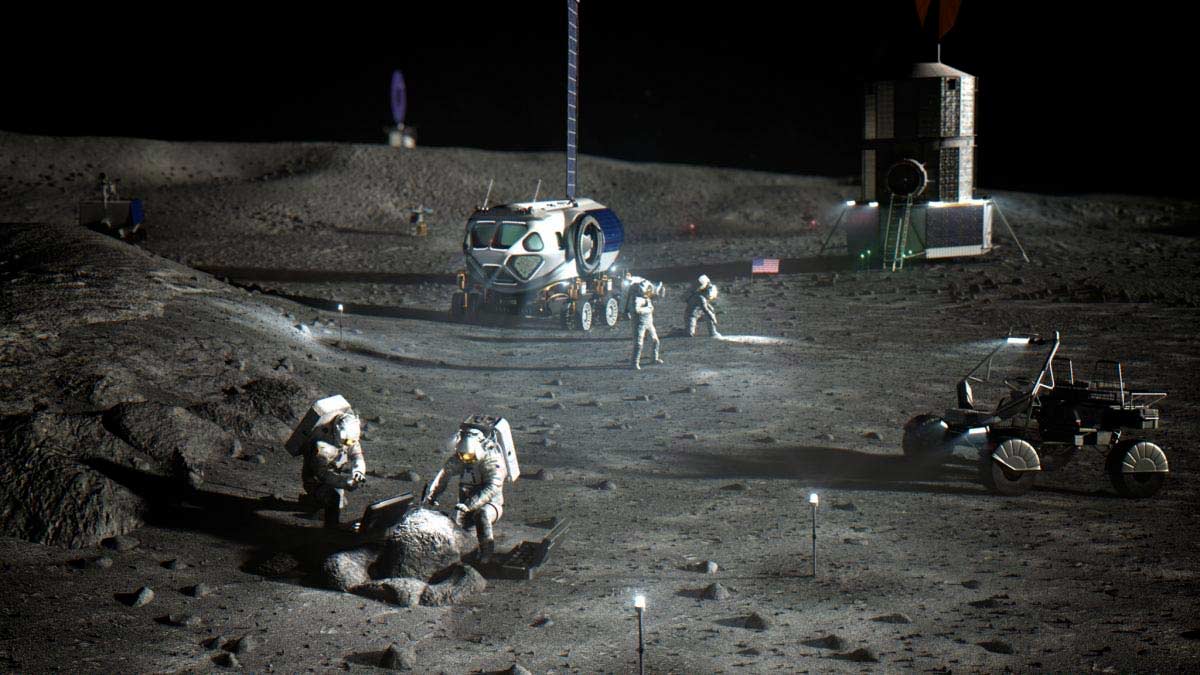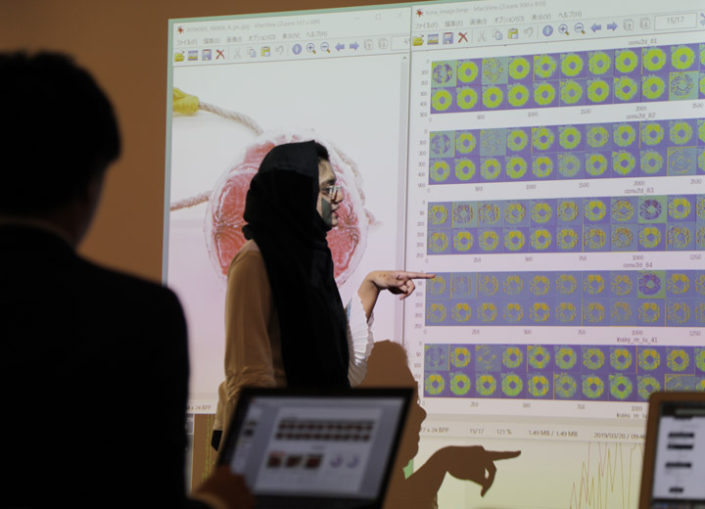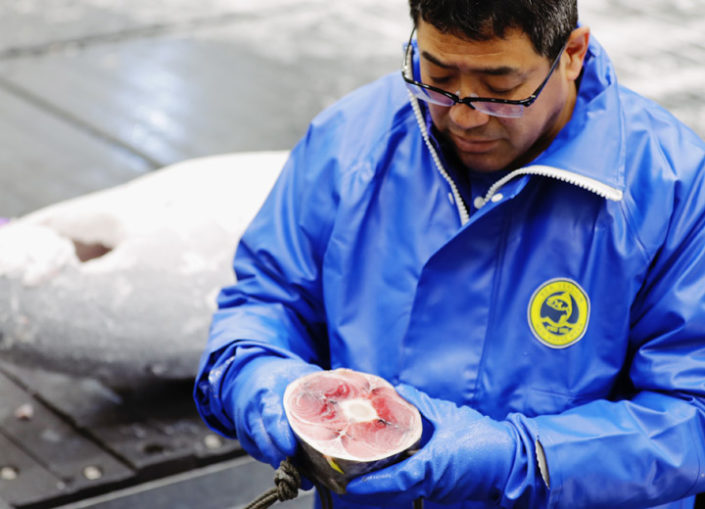GSMA Announces 2022 GLOMO Awards Winners
March 2022, Barcelona: The GSMA has announced the winners of the 2022 Global Mobile (GLOMO) Awards at MWC Barcelona. The Awards celebrate the companies, individuals and governments who have driven the most innovation in the mobile industry.

“Congratulations to all of our winners and the nominees of the GSMA’s GLOMO Awards 2022. You personify this year’s theme of Connectivity Unleashed,” said John Hoffman, CEO of GSMA Ltd. “This year’s event is more important than ever. Celebrating the innovation and brilliance shaping the mobile ecosystem is crucial. It’s incredible to see the meaningful impact the mobile ecosystem is having in this ever-changing digital world.”
Co-hosted by Justin Springham of Mobile World Live and Sasha Twining, the winners were announced virtually on Wednesday, 2 March, and streamed to audiences around the globe on LinkedIn.
The GLOMO Awards are the most prestigious accolade in the mobile industry. The awards are judged by more than 200 independent industry experts, analysts, journalists, academics, and mobile operator representatives.
This year’s Government Leadership Award was judged by Sigve Brekke, President and CEO of Telenor; Ambassador David Gross, Partner at Wiley; and John Giusti, Chief Regulatory Officer at the GSMA.
The winners of the 2022 GLOMO Awards are:
Mobile Technology category:
- CTO’s Choice Award
Samsung Networks for fully virtualised 5G RAN solution
- Best Mobile Network Infrastructure
Huawei for New FDD Gigaband MIMO Modules
- Best Mobile Technology Breakthrough
Samsung Networks for fully virtualised 5G RAN solution
- Best Network Software Breakthrough
Rakuten Mobile for 5G Open RAN
- Best Digital Tech Breakthrough (Companies under $10M Annual Global Revenue)
AccelerComm for 5G physical layer IP for Open RAN that Maximises Spectral Efficiency
- Best Mobile Authentication & Security Solution
AdaptiveMobile Security, an Enea Company, for the World’s First Unified 5G Network Security Solution
- 5G Industry Partnership Award
China Unicom Beijing and Huawei for 5G Capital’s Meta Life on Gigabit Society
Industry X category:
- Best Mobile Operator Service for Connected Consumers
Veon Group for MobileID
- Best Mobile Innovation for the Connected Economy
Tianjin Port, Huawei and China Mobile for Port Renaissance, Intelligent Twin empowers a Smart, Green Tianjin Port
- Best Mobile Innovation for the Connected Human
Huawei for 5G Smart Healthcare Lights up Hainan Healthy Island
- Best Mobile Innovation for Connected Living
Safaricom for M-PESA App
Device category:
- Best Smartphone
Apple iPhone 13 Pro Max
- Disruptive Device Innovation Award
Oppo for its Hinge & Display Integration on the FIND N
- Best Connected Consumer Device
ZTE for Next-Gen Cloud AI Home Security Camera Pro
Tech 4 Good category:
- Best Mobile Innovation for Emerging Markets
Starlogik IP LLC for StarZRO
- Best Mobile Innovation supporting Emergency or Humanitarian Situations
Hormuud Telecoms for The WAAFI APP
- Best Mobile Innovation for Accessibility & Inclusion
SK Telecom and Tuat for AI-based Visual Assistant Service ‘Sullivan Plus X NUGU’
- Best Mobile Innovation for Climate Action
China Mobile and Huawei for Green 5G Project
- Outstanding Mobile Contribution to the UN SDGs
Safaricom, Close the Gap and Huawei for DigiTruck Project
Government Leadership category:
- Government leadership Award
Government of Spain
Outstanding Achievement category:
- Outstanding Contribution to the Mobile Industry
Mr. Houlin Zhao, Secretary-General, ITU
- Diversity in Tech Award:
Vodafone for #ChangeTheFace Leadership Alliance
- Best Innovation for COVID-19 Response & Recovery:
Telit and Controlant for Cellular IoT rollout for COVID-19 vaccine distribution
4YFN category:
- 4YFN Award:
HumanITcare, using Artificial Intelligence to improve access to healthcare
For further information on GLOMO Awards winners please visit www.globalmobileawards.com.
– ENDS –
About GSMA
The GSMA is a global organization unifying the mobile ecosystem to discover, develop and deliver innovation foundational to positive business environments and societal change. Our vision is to unlock the full power of connectivity so that people, industry, and society thrive. Representing mobile operators and organizations across the mobile ecosystem and adjacent industries, the GSMA delivers for its members across three broad pillars: Connectivity for Good, Industry Services and Solutions, and Outreach. This activity includes advancing policy, tackling today’s biggest societal challenges, underpinning the technology and interoperability that make mobile work, and providing the world’s largest platform to convene the mobile ecosystem at the MWC and M360 series of events.
We invite you to find out more at gsma.com.
Media Contacts:































